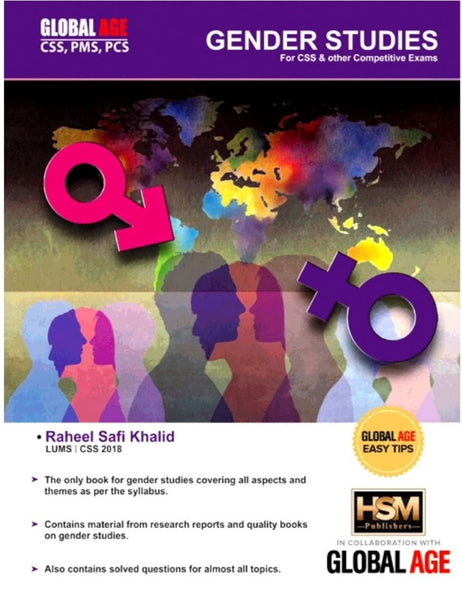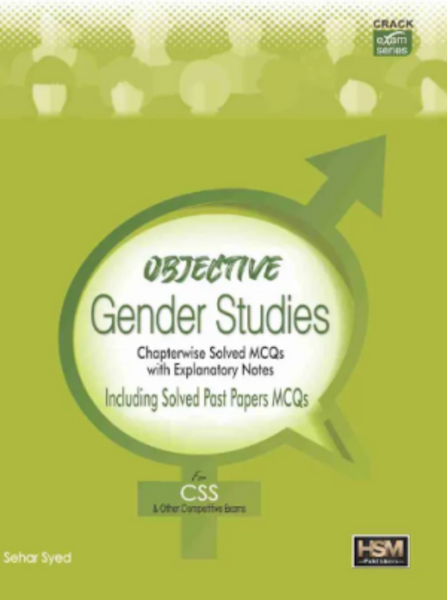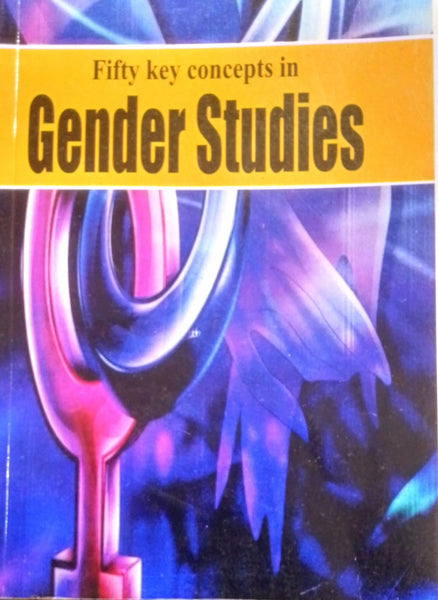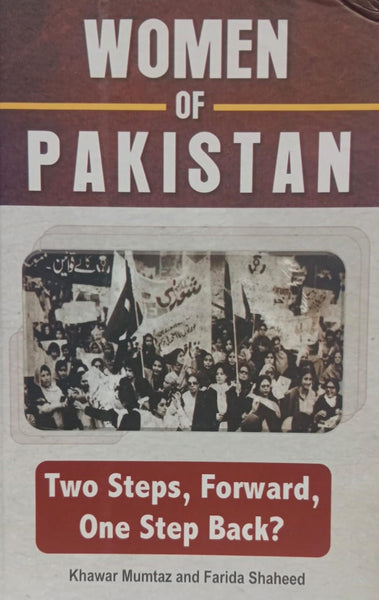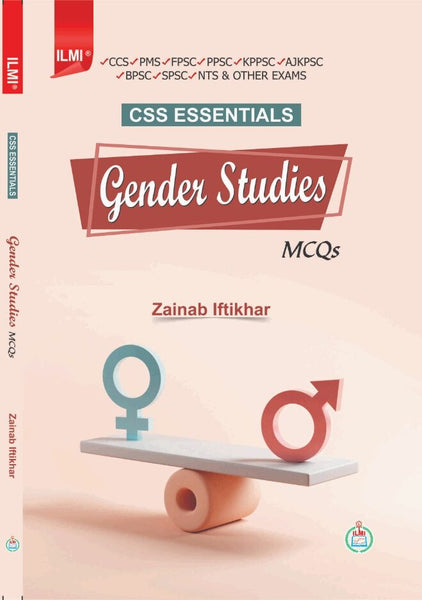"Aurtoun Ki Tehreek E Azadi," translated into Urdu by Yasir Jawad and Sadia Jawad from June Hannam's original work, is a seminal exploration of the women's liberation movement. This insightful text delves into the historical context, challenges, and triumphs of women's struggle for freedom and equality. Hannam's narrative highlights the diverse array of women who contributed to this movement, from suffragettes to feminists of various ideologies. The translation captures the essence of Hannam's scholarship, offering Urdu readers a comprehensive understanding of the complexities inherent in women's quest for autonomy and empowerment.
Key Points:
1. Historical Context: The book provides a thorough examination of the socio-political landscape that birthed the women's liberation movement, contextualizing the struggles within broader historical events and societal norms.
2. Diverse Perspectives: Hannam emphasizes the multiplicity of voices within the movement, acknowledging the contributions of women from different backgrounds, ethnicities, and ideologies.
3. Challenges Faced: From legal barriers to societal prejudices, the text explores the myriad challenges women encountered in their fight for liberation, shedding light on the resilience required to overcome such obstacles.
4. Collective Action: Central to the narrative is the notion of collective action and solidarity among women, illustrating how collaboration and unity were essential for effecting meaningful change.
5. Feminist Ideologies: The book elucidates the various feminist ideologies that shaped the movement, from liberal feminism to radical feminism, showcasing the richness and diversity of feminist thought.
6. Intersectionality: Hannam underscores the importance of intersectionality in understanding women's experiences, highlighting how factors such as race, class, and sexuality intersected with gender to shape individuals' struggles.
7. Global Perspectives: While rooted in specific historical contexts, the text also offers insights into the global nature of the women's liberation movement, examining connections and influences across borders.
8. Achievements: Through meticulous research and analysis, the book celebrates the achievements of the women's liberation movement, from securing political rights to challenging societal norms and stereotypes.
9. Ongoing Struggles: Despite significant progress, the text acknowledges that the fight for women's liberation is ongoing, addressing contemporary challenges and the need for continued activism.
10. Legacy: Ultimately, "Aurtoun Ki Tehreek E Azadi" reflects on the enduring legacy of the women's liberation movement, inspiring readers to carry forward its ideals of equality, justice, and empowerment.
In conclusion, this translation serves as a valuable resource for Urdu-speaking audiences, offering a nuanced exploration of women's liberation that is both informative and inspiring.



